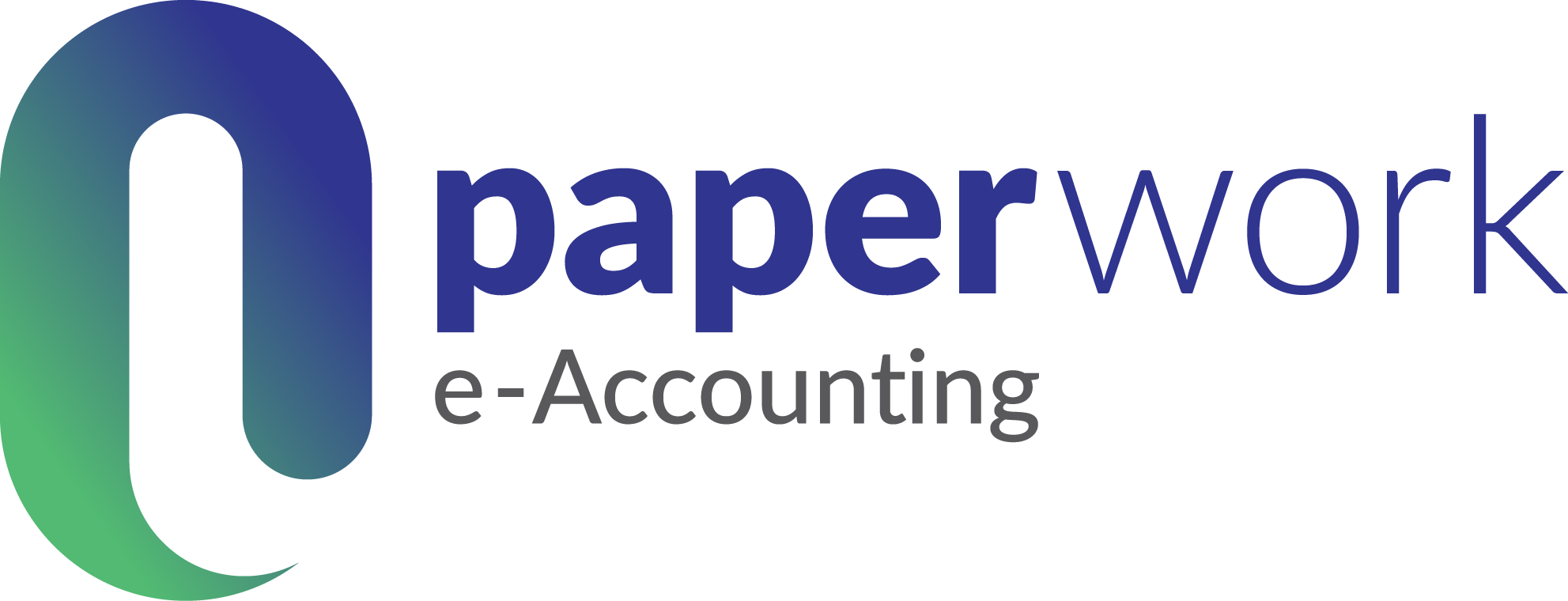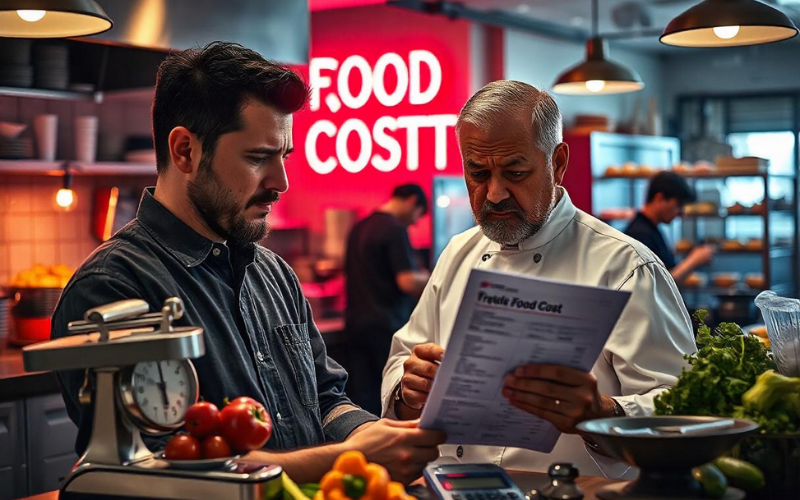Learn Why Your Restaurant Food Cost is Higher Than Expected and How to Fix It Use Monthly MIS for restaurants to track sales, expenses & improve profitability.
Introduction
For any restaurant, food cost is one of the most crucial financial metrics. Ideally, it should stay within 28-35% of total revenue, but often, restaurant owners find themselves struggling with inflated costs. If your target food cost is 35% but you’re consistently hitting 38% or more, the first step is to identify why.
From vendor pricing fluctuations to inefficient portion control, multiple factors contribute to rising food costs. The good news? A well-structured Monthly MIS Report can help restaurateurs track, analyze, and control food costs effectively. Let’s dive into the key reasons behind high food costs and actionable strategies to fix them.
Common Reasons Your Food Cost is Higher Than Expected
1. Fluctuating Vendor Pricing
Ingredient costs are volatile. Seasonal price hikes, supplier markups, and hidden charges can cause your costs to increase unexpectedly.
Fix:
- Track supplier pricing trends using an MIS report to identify patterns.
- Negotiate bulk purchase rates and establish long-term contracts with vendors.
- Compare multiple suppliers regularly to get the best deal.
2. Portion Control Issues
Over-portioning leads to unnecessary food waste and higher expenses. If your chefs serve inconsistent portions, your actual food cost can exceed your target cost.
Fix:
- Use portion control tools like weighing scales and portion cups to maintain consistency.
- Train your kitchen staff to follow standardized portion sizes.
- Monitor variance reports from your MIS system to track discrepancies.
3. Excessive Wastage & Spoilage
Improper inventory management results in food spoilage. Expired or overstocked ingredients go to waste, adding to your losses.
Fix:
- Implement the First-In-First-Out (FIFO) method to rotate stock efficiently.
- Conduct weekly inventory checks and maintain an accurate stock record.
- Use MIS inventory tracking reports to analyze wastage trends.
4. Menu Inefficiencies
Are you selling menu items that don’t generate enough profit? A poorly structured menu can lead to higher costs and lower margins.
Fix:
- Conduct a Menu Engineering Analysis through your MIS Report.
- Identify low-profit, high-cost items and either remove them or optimize portions.
- Focus on high-margin dishes that use cost-effective ingredients.
5. Incorrect Recipe Costing
If your recipes aren’t costed accurately, you may be underpricing items, leading to financial losses.
Fix:
- Calculate the exact cost per dish and update your pricing accordingly.
- Ensure that all ingredients, including garnishes and oils, are accounted for.
- Use MIS reports to compare actual vs. theoretical food costs.
How MIS Reports Help in Managing Food Costs Effectively
A Management Information System (MIS) report plays a crucial role in tracking and controlling food costs. By analyzing sales and expenses on a monthly, quarterly, half-yearly, and yearly basis, restaurant owners can gain valuable insights into their financial performance.
1. Monthly MIS Report for Food Cost Analysis
- Breaks down ingredient costs, supplier pricing trends, and monthly food expenses.
- Helps identify unusual cost spikes and implement immediate corrective actions.
- Compares food cost trends month-over-month.
2. Quarterly MIS Report for Performance Evaluation
- Provides a broader picture of food cost fluctuations and profitability trends.
- Helps restaurant owners adjust pricing strategies and vendor agreements.
- Identifies seasonal variations in food cost and sales.
3. Half-Yearly MIS Report for Budgeting & Forecasting
- Helps create cost-effective purchasing strategies for the next six months.
- Analyzes overall expenses and profit margins over two quarters.
- Assists in setting realistic food cost targets.
4. Yearly MIS Report for Long-Term Financial Planning
- Evaluates yearly trends in food cost, wastage, and overall sales.
- Helps in annual budgeting and cost-control measures.
- Aids in decision-making for menu revisions and operational improvements.
Branch-Wise & Brand-Wise Food Cost Analysis
For restaurant chains and multi-location businesses, it’s essential to analyze food costs branch-wise and brand-wise to determine which locations are underperforming and why. MIS reports allow restaurant owners to:
- Compare food costs across multiple branches.
- Identify high-cost branches and investigate the reasons behind inefficiencies.
- Optimize supplier contracts and purchasing strategies for different locations.
- Adjust pricing based on region-specific demand and cost variations.
Steps to Take Control of Your Food Cost
Monthly MIS Report for Food Cost Analysis
- Use restaurant accounting software integrated with your POS system to track ingredient costs in real time.
Negotiate with Vendors & Optimize Purchasing
- Regularly review supplier contracts and negotiate better bulk pricing.
Train Staff on Portion Control & Waste Reduction
- Conduct regular training for kitchen and service staff to reduce over-serving and food waste.
Use MIS Reports for Data-Driven Decision Making
- Regularly review financial reports to identify trends and implement necessary cost-cutting measures.
Optimize Your Menu for Maximum Profitability
- Focus on high-margin items and remove low-performing, high-cost dishes.
Conclusion
Controlling food costs is not just about monitoring percentages; it’s about understanding the reasons behind fluctuations and taking proactive steps to manage them. Monthly MIS for restaurants is an essential tool that helps restaurant owners track food costs, analyze sales trends, and optimize operations effectively. By leveraging data-driven insights, restaurateurs can reduce expenses, improve profitability, and sustain long-term success.
At Paperwork e-Accounting, we help restaurants streamline their financial processes with advanced MIS reporting, ensuring you stay on top of your expenses, sales, and profits. Let data work for you and take your restaurant’s financial health to the next level!



